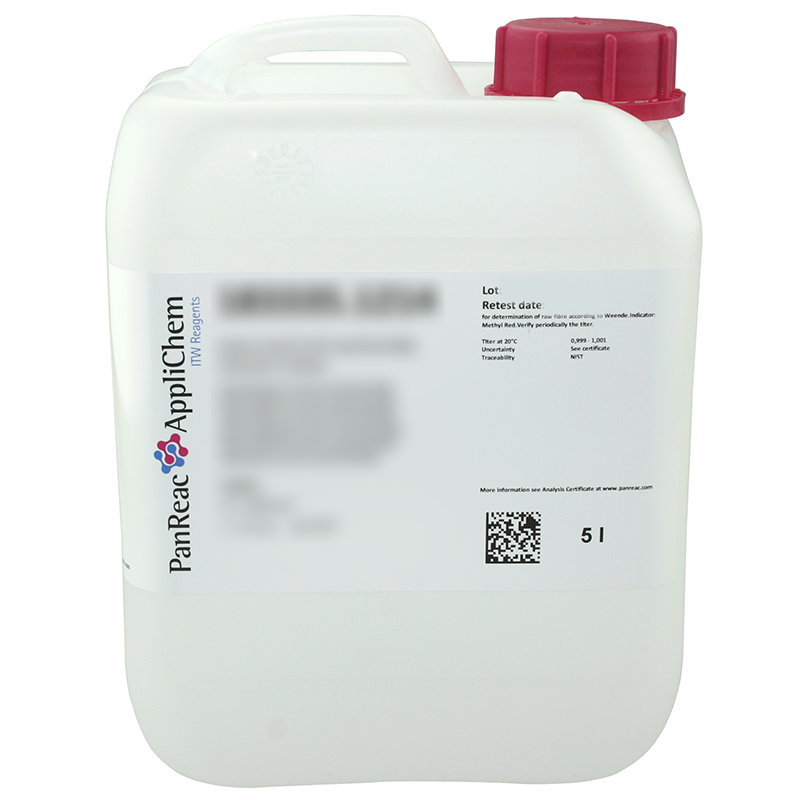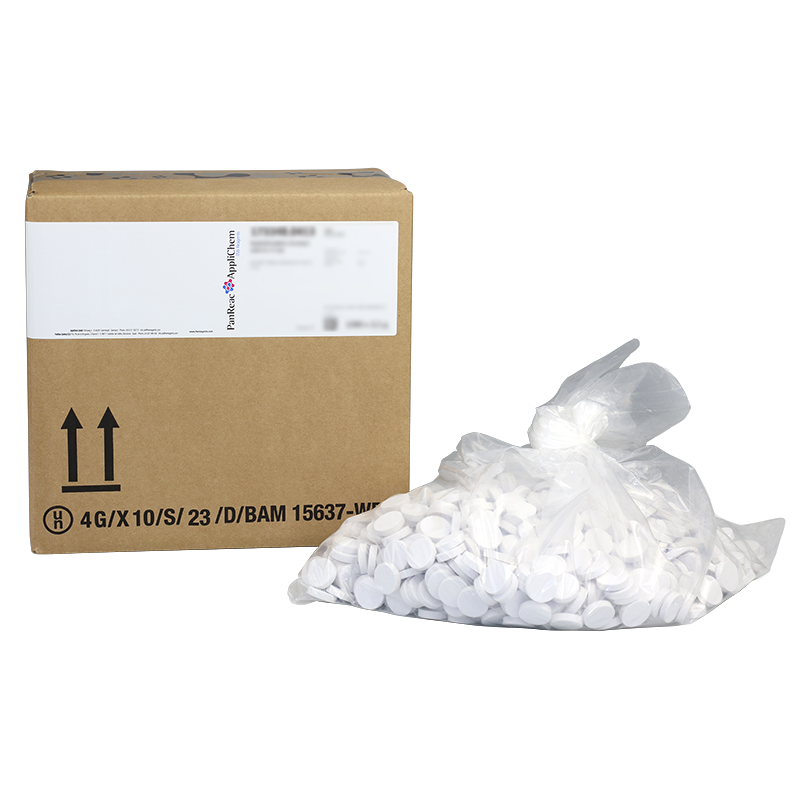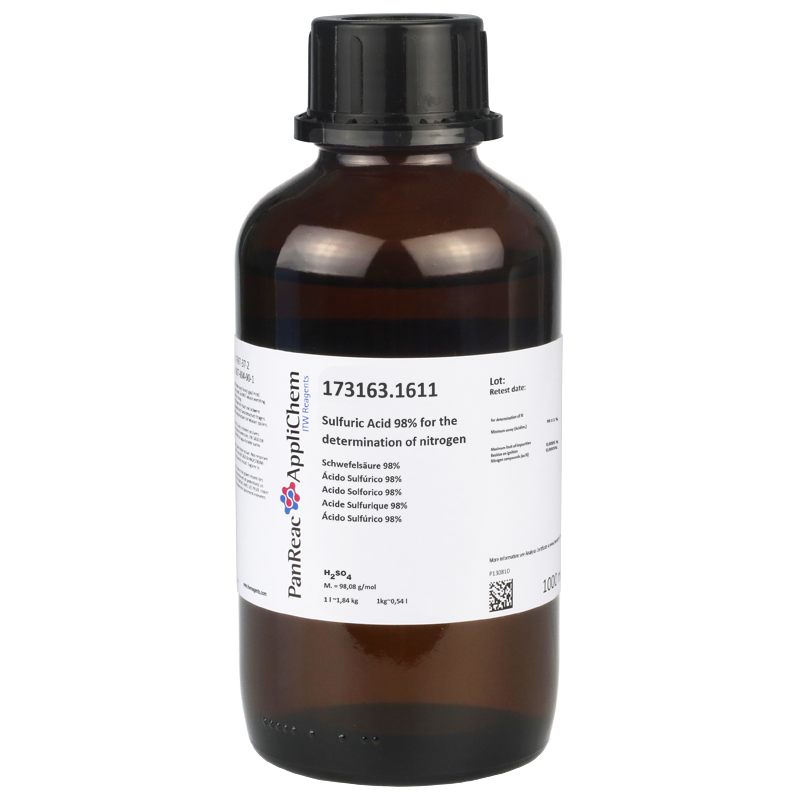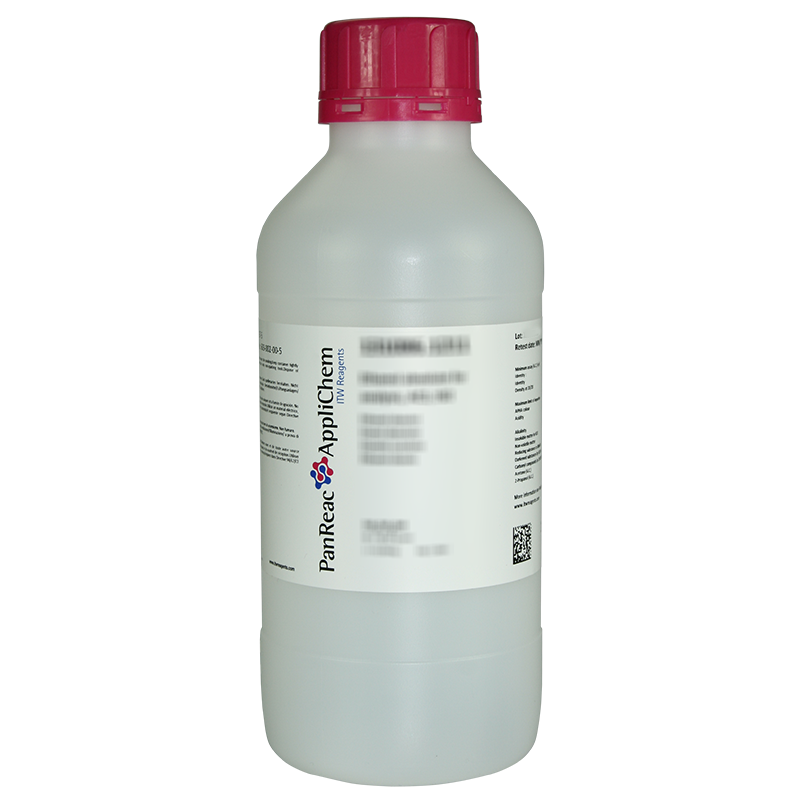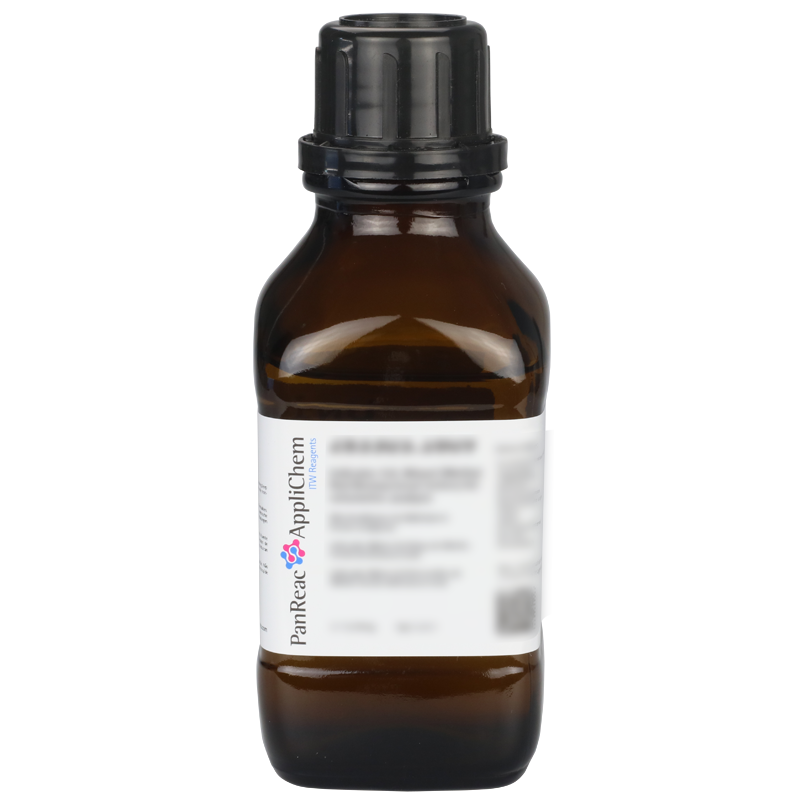Featured products
33 products available
Nitrogen Determination by means of the Kjeldahl Method
The Kjeldahl method or Kjeldahl digestion is used to determine the nitrogen content in organic and inorganic samples.
For more than 100 years the Kjeldahl method has been used for the determination of nitrogen in a wide range of samples. The determination of Kjeldahl nitrogen is made in foods and drinks, meat, feeds, cereals, and for ages for the calculation of the protein content. Also, the Kjeldahl digestion method is used for the nitrogen determination in wastewater, soils, and other samples.
The Kjeldahl analysis is an official method, and it is described in different standards such as AOAC, USEPA, ISO, DIN, Pharmacopeias, and different European Directives.
Some examples of these official procedures are:
● Analysis of Milk: Determination of nitrogen content: EN ISO 8968, AOAC 991.20, Total Nitrogen in Milk; AOAC 991.22 and 991.23, Protein Nitrogen Content of Milk; European Commission Regulation (EC) No 273/2008, Methods for the analysis and quality evaluation of milk and milk products.
● Analysis of Water: USEPA Method 351.2, Determination of Total Kjeldahl Nitrogen in water.
● Analysis of Feed: European Commission Regulation (EC) No 152/2009, Methods of sampling and analysis for the official control of feed - Determination of the content of Crude Protein.
● Analysis of Pharmaceutical Products: European Pharmacopoeia (Ph. Eur.) method 2.5.9., Pharmacopoeia of the United States (USP), method <461>. Nitrogen determination.
The Kjeldahl procedure involves three major steps:
i) Digestion - organic nitrogen is converted into NH4+
ii) Distillation - NH4+ is distilled and retained in a receiver vessel
iii) Titration - Nitrogen content is determined
Digestion
The aim of the digestion procedure is to break all nitrogen bonds in the sample and convert all the organically bonded nitrogen into ammonium ions (NH4+).
Organic carbon digested with sulfuric acid form carbon dioxide and water. In this process the organic material carbonizes which can be visualized by the transformation of the sample into black foam. During the digestion, the foam decomposes and finally a clear liquid indicates the completion of the chemical reaction.
For this purpose, the sample is mixed with sulfuric acid at temperatures between 350 and 380 °C. The higher the temperature used; the faster digestion can be obtained. The speed of the digestion can be largely improved by the addition of salts and catalysts. Sodium and/or potassium sulfate are added to increase the boiling point of sulfuric acid and catalysts are added to increase the speed and efficiency of the digestion procedure. Oxidizing agents as hydrogen peroxide can also be added to improve the speed even further.
The digestion time depends on the chemical structure of the sample, the temperature, the amounts of sulfate salt and the catalyst.
CHNO + H2SO4 --> (NH4)2SO4 + H2O
Comments: catalytic reaction; organic compounds: proteins, amino acids, peptides, amines, amides, ...)
After digestion is completed, the sample is allowed to cool to room temperature, then diluted with water and transferred to the distillation unit.
In general food and feed applications, sulfuric acid 98% is used for digestions. Oxidizing agents can also be added to improve the speed even further. Hydrogen peroxide is the most widely used, as it accelerates the decomposition of organic material and has an antifoaming action to control foaming during the digestion, particularly advantageous when the sample contains fat or carbohydrates.
However, the use of hydrogen peroxide, which is highly reactive in the presence of sulfuric acid, can cause the loss of nitrogen as N2 gas. Therefore, hydrogen peroxide is only recommended when there is an appreciable improvement in digestion time, and it should be added to the sample gradually. If foaming is the only challenge, it is better to use 1-3 drops of a proprietary antifoam emulsion. After the digestion and before the neutralization of sulfuric acid by adding concentrated sodium hydroxide, the sample is allowed to cool to room temperature and diluted with distilled water. This is done to avoid splashing of the sample due to boiling induced by the heat of reaction dissipated when the concentrated acid and base are mixed. Moreover, if samples are diluted with 10-20 mL of water just after cooling, crystallization can be avoided.
Sample preparation
The sample must be homogeneous as the actual weight of the sample to be used depends on the nitrogen content as well as the homogeneity. During the digestion the organic substances are destroyed by the sulfuric acid. Kjeldahl catalysts in tablets raise the boiling point of the mixture and make the process faster. The actual weight of the sample depends on:
● The nitrogen content: for higher N-content, lower weight.
● Homogeneity of the sample: if the sample is not homogeneous you can reduce the impact of this by increasing the weight. Less than 1 g for homogeneous sample. Bigger weight > 2 g for non-homogeneous samples.
● The concentration of the titrant: consumption of titrant should be approximately between 5-15 mL.
● Then, chemicals must be added to the sample: sulfuric acid and catalysts.
The amount of sulfuric acid to be used is given by:
● Conversion to K2SO4 (K2SO4 is a component of the tablets)
● Consumption of sulfuric acid by organic matter
● Losses originated by the evaporation during boiling (1 mL per boiling hour)
● Remaining volume considering the volume of the tablets and the sulfuric acid used
The use of the catalysts is for reaction acceleration by increasing the boiling point of the mixture and a metal catalysis effect.
Kjeldahl Catalysts
The Kjeldahl catalysts are typically tablets or powder composed of more than 97% of a salt which increases the boiling temperature of the sulfuric acid and 1–3% of one type of catalyst or a mixture of catalysts to increase the speed and efficiency of the digestion procedure. Typical catalysts are selenium or metal salts of copper or titanium. The selection of a particular catalyst depends on ecological and toxic aspects or more practical reasons as the reaction time or foaming and sputtering. For example, Wieninger selenium-containing catalyst reacts fastest but it is toxic while a copper-containing catalyst as Missouri is considerably safer for both humans and the environment but gives a slower digestion process. An ideal compromise is the mixed catalyst consisting of copper and titanium sulfate.
The selection of the catalyst depends on several factors as:
● Time needed for digestion
● Ecological considerations
● Safety considerations
● If there is foam formation on the sample
Typical conditions for samples that need no specific conditions are boiling point of 370 ºC, no nitrogen losses and minimal time needed. This is achieved using 2 mL of sulfuric acid plus 1 g of catalysts.
Tips for digestion
● Optimal conditions are achieved when the condensation zone remains 5 cm below the constriction of the sample tube.
● For foaming samples «Antifoam» or stearic acid can be used.
● To reduce the digestion time H2O2 can be added.
● Minimal use of chemicals using micro-Kjeldahl when possible.
● For liquid samples boiling rods prevent boiling delays.
● Slowly increasing the digestion temperature reduces foam formation of problematic samples.
Digestion overview
| Balance | ● Weigh approx. 5 g of the homogenized sample. |
| Digestion flask | ● Place the sample into a digestion flask. ● Add 2 Kjeldahl tablets of 5 g of the Missouri catalyst, 20 mL Sulfuric Acid 98% and homogenize gently. |
| Heating bock and scrubber | ● Place the mixture into the digestion / heating block. ● Heat the mixture (350 – 380 o C) until white fumes and continue heating approx. 3 h. The vapors of water and sulfuric acid are bubbled through a solution of sodium hydroxide (scrubber) to neutralize them. ● The digestion is finished when the sample turns clear with a slightly blue color. ● Allow to cool and carefully add about 100 mL of water. ● Transfer the sample to the distillation unit. |
Distillation
As a general overview, the acidic sample is diluted with water and neutralized by means of concentrated sodium hydroxide solution. During the distillation step the ammonium ions (NH4+) are converted into ammonia (NH3) by adding alkali (NaOH). The ammonia (NH3) is transferred into the receiver vessel by means of steam distillation. The receiving vessel for the distillate is filled with an absorbing solution to capture the dissolved ammonia gas. Common absorbing solutions involve aqueous boric acid [B(OH)3] of 2-4% concentration. Other acids, precisely dosed, such as sulfuric acid or hydrochloric acid, can also be used to capture ammonia, in the form of solvated ammonium ions.
(NH4)2SO4 + 2 NaOH --> 2 NH3 (gas) + Na2SO4 + 2 H2O
Procedure
● Dilution of the acidic digestion mixture by addition of water
● Alkalinization to convert NH4+ in NH3 with sodium hydroxide addition
● Steam distillation to extract the NH3 out of the vessel by water steam addition
● Ammonia collection in an acidic receiver solution. This step can be varied as it will lead to a boric acid direct titration or a back titration.
○ Steps in case of boric acid titration:
- Dilution with water, typically 4 mL per mL used of sulfuric acid, 2.5 mL when an auto sampler is used.
This prevents violent reactions
- Alkalinization with sodium hydroxide 32%. 4.5 mL per mL used of sulfuric acid, converting NH4+ in NH3.
- Preparation of the receiver: use 2% boric acid with KCl for low N-content, 0,02 -6.75 mg/sample tube.
Use boric acid 4%.
○ Steps in case of back titration:
- Dilution with water, typically 4 mL per mL of sulfuric acid used, 2.5 mL in case that an autosampler is connected. This prevents violent reactions.
- Alkalinization with sodium hydroxide 32%, 4.5 mL per mL used of sulfuric acid, converting NH4+ in NH3.
- Preparation of the receiver: use sulfuric acid 0.25 ml/L.
Volume must be precisely dosed and will be usually 20 mL.
- Distillation with water steam between 180-300 s to separate NH3.
Collect the sample in sulfuric acid with ammonia.
The condenser outlet hose and electrode have to be immersed completely.
Tips for distillation
● After digestion the samples must cool-down to 50 to 100 °C before they can be further processed.
● Optimal sodium hydroxide concentration is 32%
● For very low N-contents 2% boric acid with potassium chloride (3 g/L) should be chosen as receiving solution to achieve lower detection limits.
Distillation overview
| Kjeldahl’s Flask | 1. Sample already digested with sulfuric acid 98%. |
| Kjeldahl’s trap | 2. 50 mL of NaOH 50% are added in excess to neutralize the acidic digestion mixture and to convert NH4+ into NH3 (alkaline solution). 3. A stream of water vapor is bubbled into the sample to entrain the NH3 formed. |
| Condenser | 4. NH3 is condensed. |
| Beaker | 5. NH3 is captured in a 50 mL of boric acid solution 4% with Tashiro’s indicator. The solution will turn from red violet to green (pH 4.4-5.8). Around 150 mL of condensate is collected in the boric acid solution. |
Titration
The concentration of the captured ammonium ions can be determined using two types of titrations:
1. When using the boric acid solution as absorbing solution, an acid-base titration is performed using standard solutions of sulfuric acid or hydrochloric acid and a mixture of indicators. Depending on the amount of ammonium ions present, concentrations in the range of 0.01 mol/L to 0.5 mol/L are used. The detection of the end point can be carried out manually, with a colorimetric titration, using a combination of indicators. The combination of methyl red and methylene blue indicators is frequently used in many methods. Alternatively, the end point can be determined potentiometrically with a pH-electrode. This titration is called direct titration.
B(OH)4- + HX ↔ X- + B(OH)3 + H2O
HX= strong acid (X=Cl-, etc.)
2. When using sulfuric acid standard solution as absorbing solution, the residual sulfuric acid (the excess not reacted with NH3) is titrated with sodium hydroxide standard solution and by difference the amount of ammonia is calculated. The endpoint is detected using a color indicator. Methyl red is usually the preferred indicator. This titration is called back titration.
H2SO4 (Residual) + 2NaOH --> SO42- + 2Na+ + 2H2O
| Titration type | Boric acid titration | Back titration |
| Potentiometric | • | • |
| Colorimetric | • |
Tips for titration
● Depending on the regulation or method, either potentiometric or colorimetric titration can be chosen.
● For endpoint and colorimetric titration, the pH of the boric acid must be adjusted to 4.65.
● Back titration can be used when boric acid should be avoided (for potentiometric titration only).
● For well-known samples a start volume for titration might be used to accelerate the titration step. (Only useful for high titration volumes)
● The distillation and titration process can be synchronized, by means of online titration.
Titration overview
| Burette and Erlenmeyer | ● Titrate with HCl 0.25 mol/L until the solution becomes slightly violet. ● Use the volume and concentration of HCl consumed to calculate the nitrogen content and then the % of protein in the milk sample. |
Calculations
The calculations for % nitrogen or % protein must take into account which type of receiving solution was used and any dilution factors used during the distillation process. In the equations below, “N” represents normality. “mL blank” refers to the milliliters of base needed to back titrate a reagent blank if standard acid is the receiving solution or refers to milliliters of standard acid needed to titrate a reagent blank if boric acid is the receiving solution.
● When boric acid is used as the receiving solution the equation is:
% Nitrogen = (mL standard acid – mL blank) x N of acid x 1,4007 / Weight of sample (g)
● When standard acid is used as the receiving solution, the equation is:
% Nitrogen = ((mL standard acid x N of acid) – (mL blank x N of Base)) – (mL standard base x N of Base) x 1.4007 / Weight of sample (g)
If it is desired to determine % protein instead of % nitrogen, the calculated % N is multiplied by a factor that depends on the type of protein present in the sample. We can find some examples on the following table*:
| Food | Factor |
| Animal origin | |
| Eggs | 6.25 |
| Meat | 6.25 |
| Milk | 6.38 |
| Vegetable origin | |
| Barley | 5.83 |
| Corn (maize) | 6.25 |
| Millets | 5.83 |
| Oats | 5.83 |
| Rice | 5.95 |
| Rye | 5.83 |
| Wheat: Whole kernel | 5.83 |
| Beans: Castor | 5.30 |
| Peanuts | 5.46 |
*Source: Adapted and modified from Merrill and Watt (1973)
Please find above our offering of PanReac AppliChem branded products for the nitrogen determination via Kjeldahl analysis. You can buy these products via our global network of distributors.
